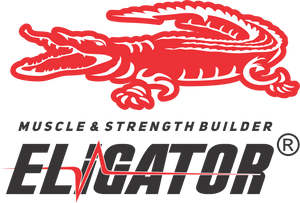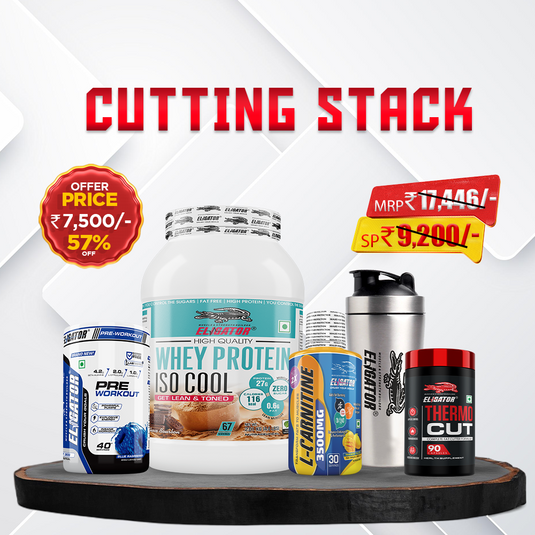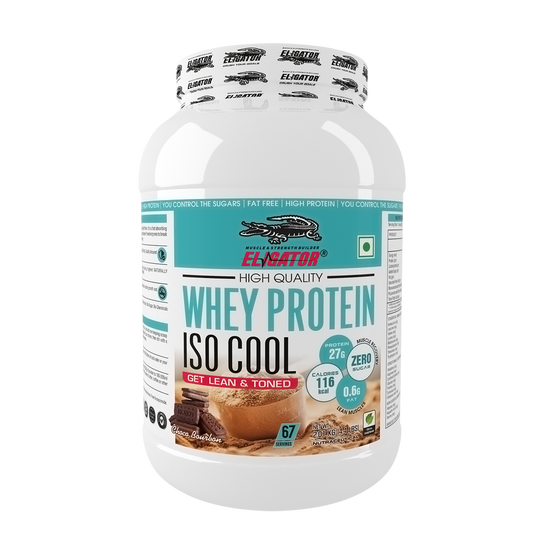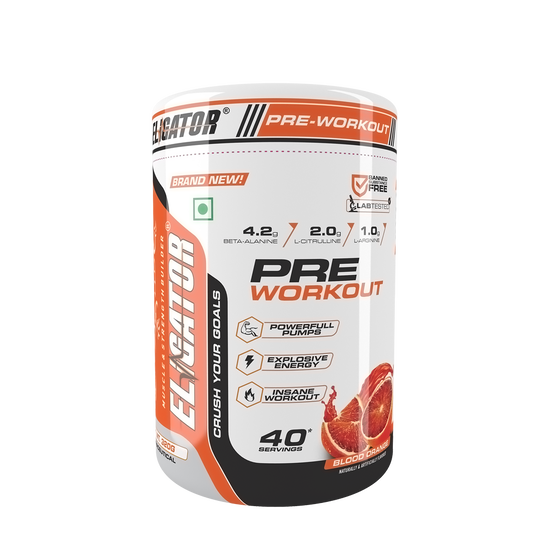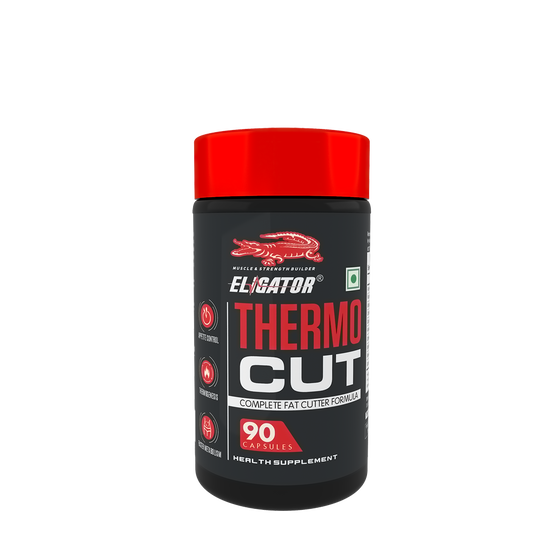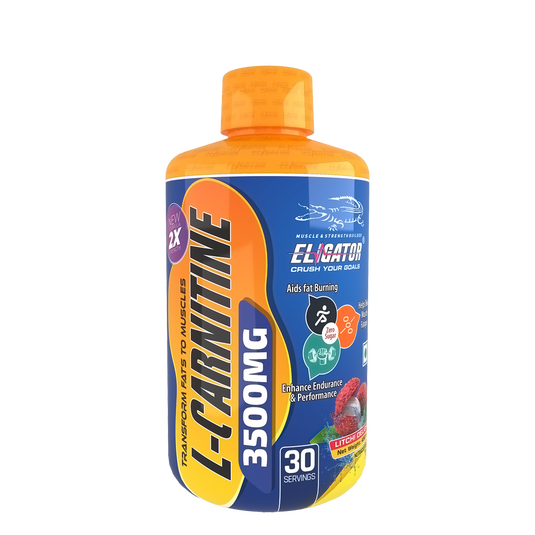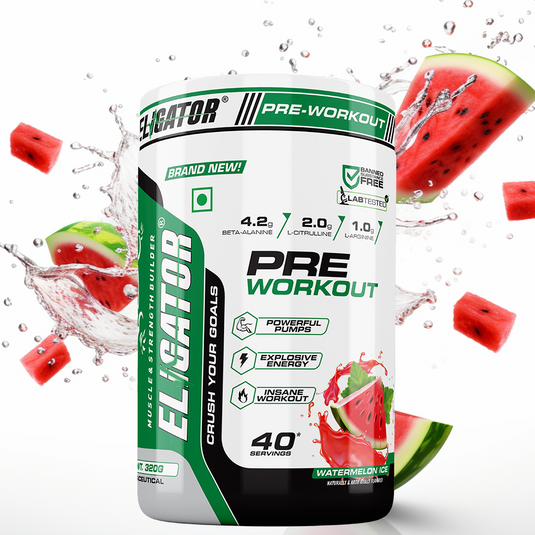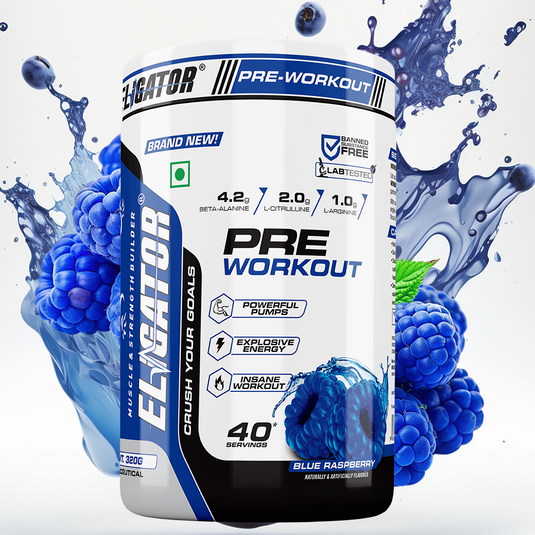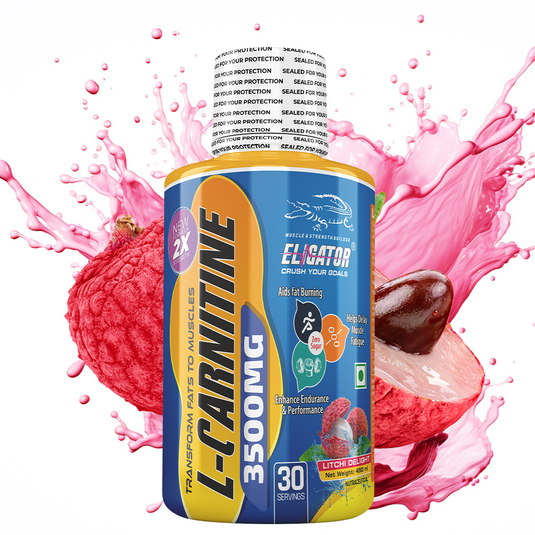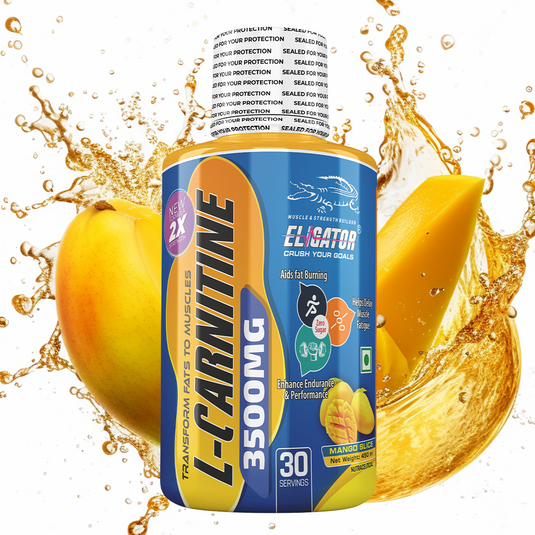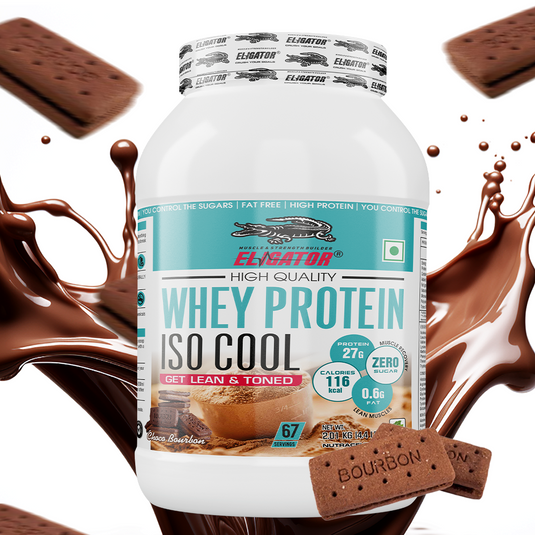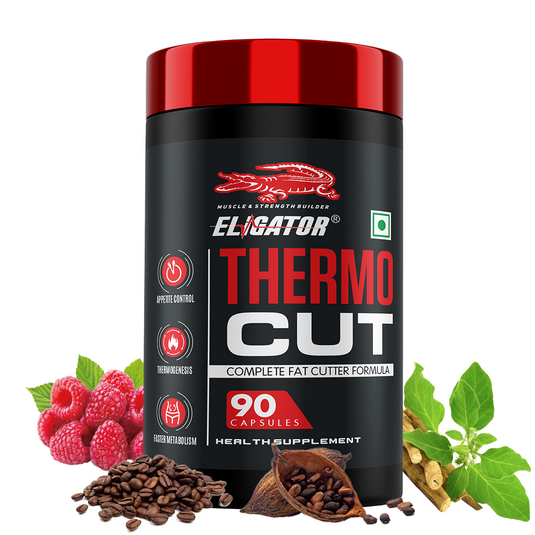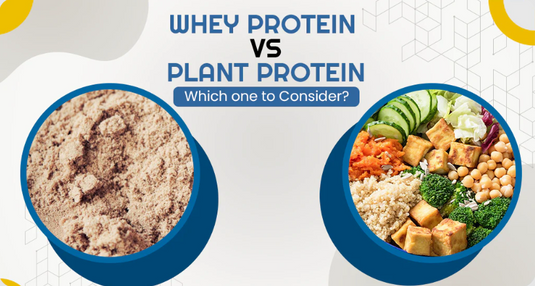Introduction
When we think of muscle recovery, our minds often go to protein shakes, rest, and stretching. But what if the secret to faster muscle recovery lies in the humble fiber-rich foods? In this blog, we'll explore whether high-fiber foods can indeed speed up muscle recovery, delving into the science behind it and providing practical tips for incorporating fiber into your diet.
The Science of Muscle Recovery
Muscle recovery is a complex process involving muscle repair, inflammation reduction, and replenishment of glycogen stores. While proteins and amino acids are well-known for their roles in muscle repair, the potential benefits of fiber-rich foods often go unnoticed. Fiber can aid digestion, regulate blood sugar levels, and promote gut health—all of which are crucial for optimal recovery.
Fiber and Inflammation
Inflammation is a natural response to muscle damage caused by intense workouts. However, chronic inflammation can impede recovery. High-fiber foods like fruits, vegetables, and whole grains are rich in antioxidants and anti-inflammatory compounds. These help reduce oxidative stress and inflammation, potentially speeding up the recovery process.
Gut Health and Muscle Recovery
A healthy gut microbiome is essential for overall health and recovery. Fiber acts as a prebiotic, feeding the beneficial bacteria in our gut. These bacteria play a crucial role in reducing inflammation, enhancing nutrient absorption, and boosting the immune system. A balanced gut microbiome can thus indirectly support muscle recovery.
Regulating Blood Sugar Levels
After a workout, maintaining stable blood sugar levels is important for recovery. Fiber slows down the absorption of sugar into the bloodstream, preventing spikes and crashes. This stable energy supply helps in maintaining glycogen levels, which are vital for muscle repair and growth.
Practical Tips for Incorporating Fiber into Your Diet
- Start Your Day with Fiber: Begin your day with a high-fiber breakfast. Oatmeal topped with fruits and nuts or a smoothie with leafy greens can kickstart your fiber intake.
- Snack Smart: Opt for fiber-rich snacks like carrots, apples, or whole-grain crackers. These can keep you full and provide sustained energy throughout the day.
- Load Up on Veggies: Include a variety of vegetables in your meals. Spinach, broccoli, and bell peppers are excellent choices.
- Choose Whole Grains: Replace refined grains with whole grains. Brown rice, quinoa, and whole wheat bread are great options.
- Stay Hydrated: Drink plenty of water when increasing your fiber intake to aid digestion and prevent bloating.
Conclusion
While fiber may not be the first thing that comes to mind when thinking about muscle recovery, its benefits are undeniable. By reducing inflammation, supporting gut health, and regulating blood sugar levels, high-fiber foods can play a significant role in speeding up muscle recovery. Incorporate more fiber into your diet and experience the difference it can make in your recovery process.




Receive the Blog via Email Daily
Please fill out the form below and we’ll get back to you within 24 hours.
